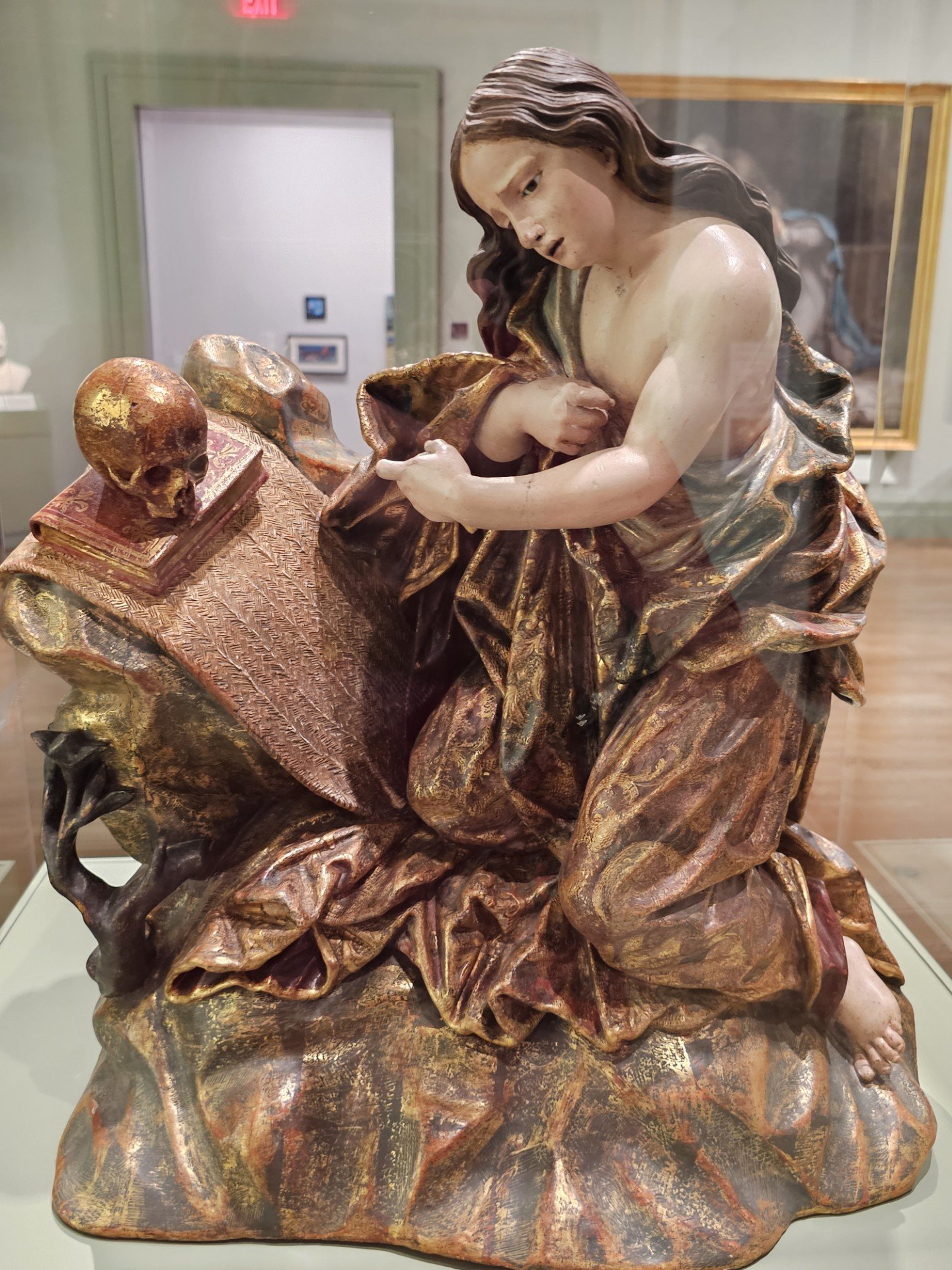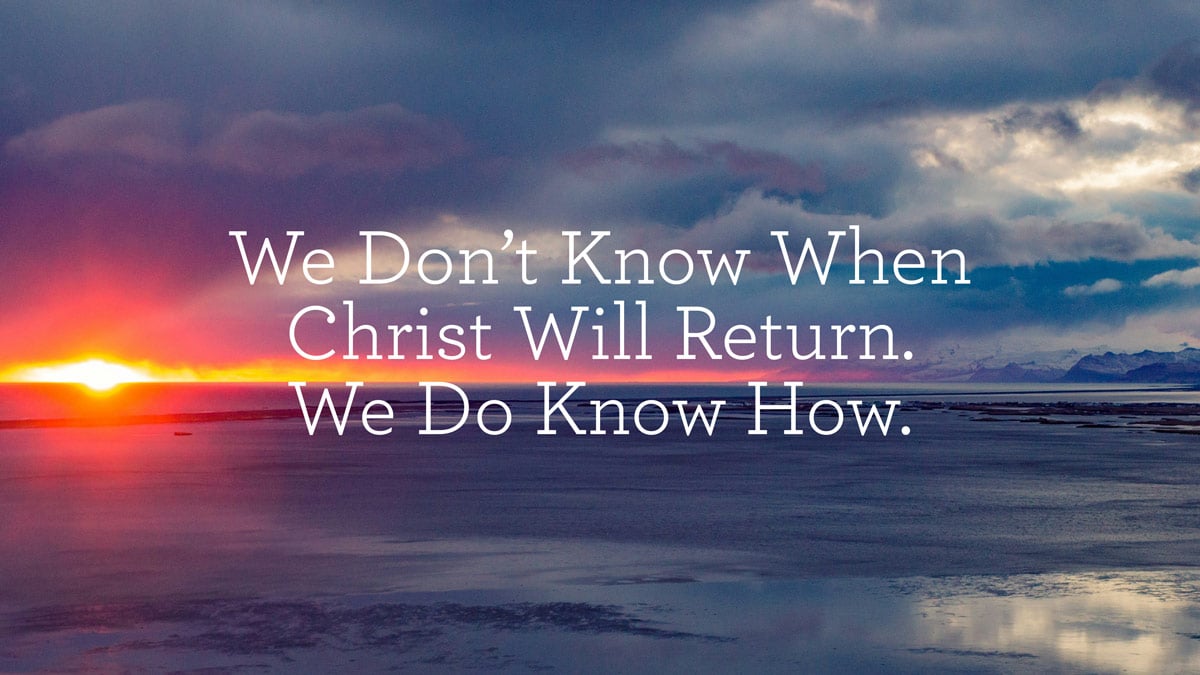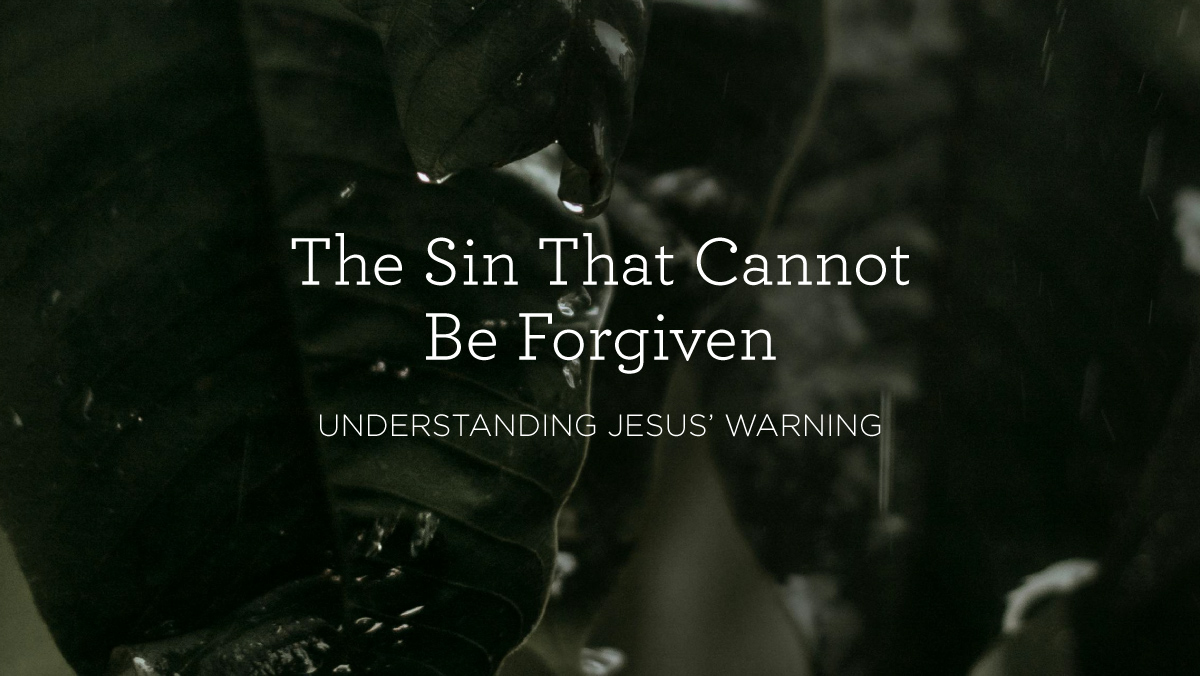
What does faith have to do with teaching?
I do not mean the content being taught (whether you are teaching piously inflected material) or the motivation for teaching (how your faith led you to teach), but the teaching itself—the moves you make with students. Does faith have something to do with how we teach?
Table of contents
How do we relate faith to our teaching? The current landscape
Research among Christian higher education faculty suggests some uncertainty about how to answer this question.
A survey of over nine thousand articles in Christian peer-reviewed journals published between 1970 and 2010 found that fewer than one in twenty mentioned teaching or students.1 Some years later, a survey conducted by Nathan F. Alleman, Perry L. Glanzer, and David S. Guthrie of 2,309 faculty at forty-eight Christian colleges and universities revealed interesting variances among the ways faculty thought about faith’s influence on different aspects of their work.2 Around four-fifths of faculty affirmed that their theological tradition informed their worldview, their ethics, and their motivation for working in the academy. (About three in twenty said in each case that it did not have an influence, while the rest were not sure).
But when the questions shifted to teaching and learning—i.e., asking whether the respondent’s theological tradition influenced their course objectives and teaching methods—the picture shifted radically. If we compare the question about teaching methods to the one about worldview, the positive answers halved (now 40 percent), the uncertain group increased fourfold (20 percent), and those who said their theological tradition did not have an influence grew to 40 percent, creating an even split between “yes” and “no.”
Note that these are the same people who had said that their theology informs their worldview and ethics. They are not secular naysayers. They teach at Christian institutions, most if not all of which have mission statements and promotional materials that speak of formational goals for their students. Yet the question of whether theology might have a bearing on how we teach created a clean split in their responses.

How do we conceive of teaching? 2 alternatives
No doubt multiple factors are at work behind these survey responses, including the ways people have been led to imagine how theology relates to practice. But I suspect that one factor is an underlying divide between different views of what teaching is.
Teaching as technique
One view of teaching, a view that has increasingly dominated the last few centuries, sees teaching as basically a matter of method and technique. Teaching is a technical matter, and the way to improve it is to find the right techniques, pay attention to research on their effects, and then stick to the chosen procedures as long as the test scores suggest that learning is happening. As long as we explain things clearly, ask questions the right way, and use the best assessment practices, then it should all be fine.
On this view, teaching is a little like getting my car fixed. I don’t lose sleep over whether my mechanic is a Christian or not, so long as they have the relevant technical competence and my car seems to function well when I drive it home. My engine won’t work differently depending on my mechanic’s belief system. It works or it does not. To the degree that teaching is this kind of technical process, it should just work regardless of who we are or what we believe.
Teaching as formation
A contrasting view of teaching, a much older view yet one still very much alive, sees teaching as inherently bound up with character, formation, and ideas about what is good, true, and beautiful.
We can glimpse this kind of view of teaching in Psalm 25:4–5, which circles around an image of God as a teacher:
Show me your ways, Lord,
teach me your paths.
Guide me in your truth and teach me,
for you are God my Savior,
and my hope is in you all day long.
The words chosen here already suggest that there is more to teaching than just passing on information. The teaching described here aims not at knowing answers but at experiential familiarity with particular “paths” as a result of walking them with someone who shows and guides.
The pathway imagery recurs often in biblical wisdom literature (e.g., Job 13:27; Prov 2:9, 13), suggesting a view of wisdom not just as an intellectual grasp of what is right, but as a capacity to steer well through life. Paths are to be walked in, and life necessarily entails movement: not just knowing things, but making choices and establishing habits and patterns of practice.
The imagery repeats a few verses later (Ps 25:8–9):
Good and upright is the Lord;
therefore he instructs sinners in his ways.
He guides the humble in what is right
and teaches them his way.
If the one who teaches is also one who guides, then they must be trustworthy. Who wants to be guided along the paths of life by someone who harbors ill-will toward them? The goodness and uprightness ascribed to God are part and parcel (“therefore”) of God’s role as teacher.
But it is not just the character of the teacher that is in question. Those who learn what is right bring the humility necessary for learning.
Teaching, on this view, is neither a matter of verbal explanation alone nor a process of guaranteed outcomes resulting from correct technique. It makes demands on the identity of both teacher and learner. It points toward a way of living, not just answers to questions.
Teaching as the embodied communication of beliefs & values
I am not quoting Psalm 25 to cancel out empirical research on teaching and learning. Humans are embodied creatures, subject to the regularities of the world, and there do indeed seem to be patterns in how we learn, discoverable by research, that hold across different classroom settings and for different teachers and learners. Consulting the best available evidence about those patterns is a smart thing to do.
I do, however, believe that the vision of teaching as reducible to efficient technique is false, and that all teaching partakes to some degree in the characteristics visible in Psalm 25.
We are always making choices about how to structure learning, and those choices point toward a way of life. Teaching is always value-laden.
When we teach, we do more than speed up the acquisition of knowledge or skills. Teachers and learners bring themselves to the classroom. Who we are, as well as who we want to become, affects what we teach and learn. We are always making choices about how to structure learning, and those choices point toward a way of life. Teaching is always value-laden.

How curriculum teaches
It is tempting at this point to imagine a picture of teaching that boils down to technique-plus-character, an efficient focus on skills and outcomes combined with personal modeling of dispositions toward kindness and fairness: Teach competently and be nice. But that picture does not adequately capture what goes on when we teach, the ways in which teaching points to paths.
One way to see what it misses is to consider attempts to understand how curriculum works. Wayne Au, for instance, drawing upon earlier work by religious educator Dwight Huebner, outlines a view of curriculum as a complex design process structured by six elements.3 I will summarize them here in the form of questions, through which I aim only to give a glimpse of how each might relate to our beliefs and values, including those grounded in our theologies. The six factors are:
- Physical materials. What does the arrangement of furniture suggest about authority structures, or about how and whether students are meant to interact and learn from one another? How does the physical space work for or against community, or instructor humility?
- Symbol systems. How do we name the course, the topics within it, and the required learning processes? Do we speak of “collaboration” or “community”? Is understanding or application given extra weight through how they are represented in assessment criteria?
- Behaviors. What do we explicitly or implicitly ask students to do? Do they read and write, work in pairs or alone, learn from books or interview members of the wider community, connect with fellow students or with the elderly or members of marginal communities?
- Time. What do we imply or say about the past realities that gave rise to this course and the future toward which students should be aiming? What elements of the course receive more or less time, go fast or slow, or are skipped when the pressure is on, and what does that communicate about their importance?
- Aesthetics. What story is implied by how one topic flows into the next (or feels disconnected from it)? What images do students encounter, visual or verbal? Which parts of the course attract or repel through their presentation? What is made beautiful?
- Power. Which voices and perspectives are heard and omitted? Does the instructor’s power edify or belittle? Do student interventions assert their own importance or encourage others? Who is marginalized within the learning process or in course materials?
Each of these deserves its own essay. I find them helpful as a basic set of coordinates for thinking about how each course I teach not only delivers course content but also constructs a way in which students are invited to walk, a path that is implied through instructor approval to be a good way to move through the world.
An example: How we begin our classes each semester
Rather than generalize further, I would like to conclude by focusing on one specific move as an example of how who we are and what we believe become entwined with how we teach. It’s just an example, not the key to our teaching challenges or the one technique to rule them all. I discuss it in more detail, alongside many others, in the book Everyday Christian Teaching.4 It concerns the question of how we begin class at the start of a semester.
I have been asking my students for several years to journal about their experiences of class beginnings in high school and higher education. As they focus on the specifics of how their classes have started, many are less than complimentary.
- It is common for them to describe getting to the end of the first hour and still not knowing the names of other students in the room.
- They speak of immediate plunges into intimidating material, which in some cases combines with the lack of social fabric to heighten their anxiety about the course.
- Students have described faculty beginning with a presentation of their qualifications in relation to the course material, but not taking time to get to know who the students are who are present, a move my students interpret as indicating pride and disinterest in the students’ well-being.
- Even when faculty do take the time to have students introduce themselves, the focus only seems to be on whether the instructor knowns their names, with little attention to whether students know each other.
- This later makes group interaction awkward, they report, and heightens the sense of isolation that many feel in classrooms.
A repeating theme is how their minds started extrapolating from that initial class experience, imagining how the rest of the semester was going to be if this is how it begins, and then revising their expectations downward.
For a few years, I have experimented with the alternative way to begin.
- I arrange the seating in a circle and sit in the circle as students arrive.
- I then ask students to pair up and share with their partner two things about themselves that their partner does not know, and that they are willing to have made public.
- After a few minutes to do this, we come back into the larger group, and I ask each student to introduce their partner. (Even when not using this specific activity, I like to have students introduce one another early in the semester, creating the experience of being heard and having someone speak up on one’s behalf right at the beginning, an experience associated with hospitality.)
- As we hear each person’s name and two things about them, I pause after every second person and quiz the group about what they have heard so far.
- After the first six or eight people, we begin to have to review and to cluster (e.g., Who were the three people who have cats?).
- We work at it until we have memorized all of the information.
Once the process is complete, I start a discussion about what just happened and why. (I teach education courses for education students, so I do this partly as a way of eliciting reflection on classroom processes.) I also ask students to journal about our initial class period.
- Several have mentioned being struck by how the professor was sitting down, which seemed to signal greater openness to human connection and less imposition of power and authority.
- Many write about how, by the end of the class, they felt they had a sense of who they were learning with.
- They reflect they felt heard and seen, increasing their comfort in returning to class and participating in discussion. They readily connect their observations to Christian themes, such as humility, hospitality, and community.
For instance, we discuss Paul’s description of the body of Christ, in which “there should be no division in the body, but that its parts should have equal concern for each other” (1 Cor 12:25). We consider Westminster Confession 26, where it says of Christians that “being united to one another in love, they have communion in each other’s gifts and graces; and are obliged to the performance of such duties, public and private, as do conduce to their mutual good, both in the inward and outward man.” We talk about what it would mean for learning to be structured so that we have “communion in each other’s gifts and graces” and work at doing whatever might “conduce to [the] mutual good.” We continue to work at this as the semester unfolds.
I am not offering this as the new, “correct” way to start class.5 Perhaps you need to begin a different way. But what I do hope it demonstrates is how this method offers students a sense of what learning means, and that my choices can be grounded in my theological commitments.
Conclusion
If I think that my theology is meant to shape my life and not just titillate my mind, then my choices—even my pedagogical ones—should be grounded in it, too. To teach is to shape and guide, and perhaps one reason those who teach will be judged more strictly (Jas 3:1) is that teachers share their convictions about the world not just by what they say or do not say, but by structuring a path for students to walk in.
Resources from David I. Smith on teaching and education
On Christian Teaching: Practicing Faith in the Classroom
Save $0.71 (5%)
Price: $13.58
-->Regular price: $14.29
Learning From The Stranger: Christian Faith And Cultural Diversity
Save $1.05 (5%)
Price: $19.94
-->Regular price: $20.99
Everyday Christian Teaching: A Guide to Practicing Faith in the Classroom
Save $2.00 (8%)
Price: $20.99
-->Regular price: $20.99
The Gift Of The Stranger: Faith, Hospitality, And Foreign Language Learning
Save $1.40 (5%)
Price: $26.59
-->Regular price: $27.99
Related articles
- Is It Time to Retire “Christian Worldview” in Education? 7 Reconsiderations
- 5 Ways Love Is the Secret to Better Bible Teaching
- Relying Upon God in Teaching Ministry
- Where Have the Timothys Gone? 4 Ways to Address the Minister Drought
- The Ignorance Hack: How One Prof Increased Classroom Engagement


 3 days ago
11
3 days ago
11










 English (US) ·
English (US) ·